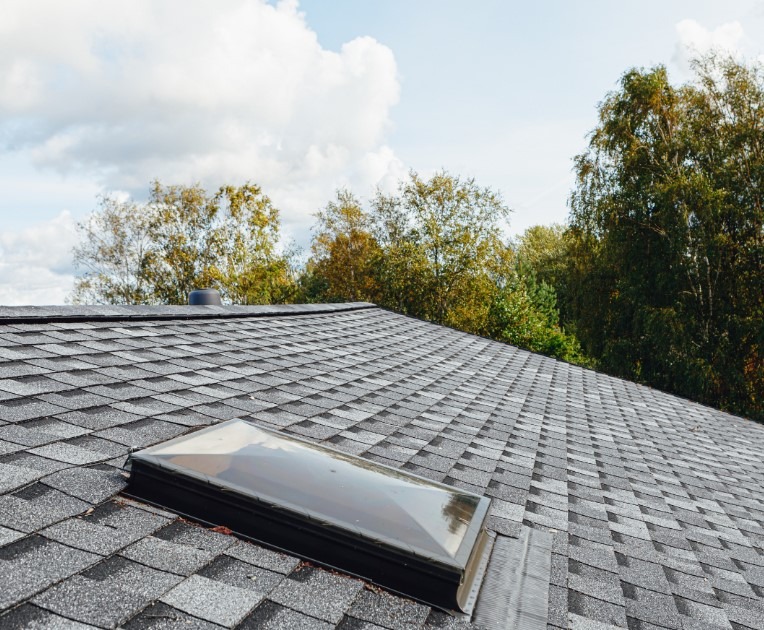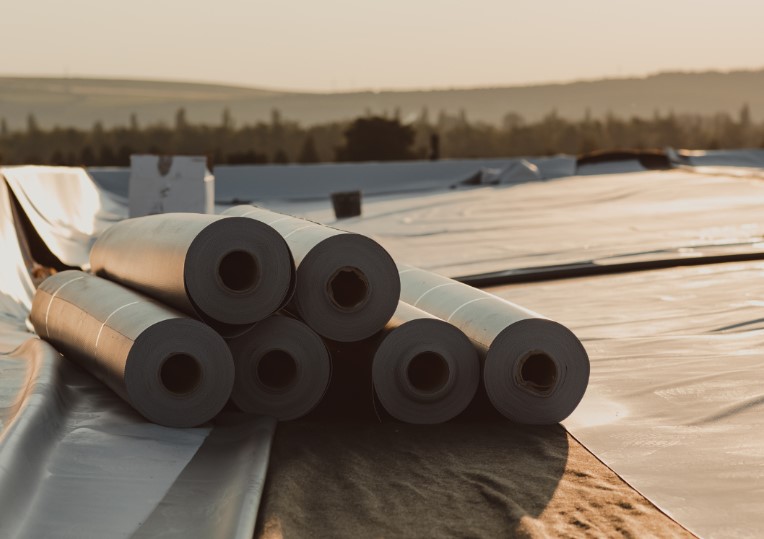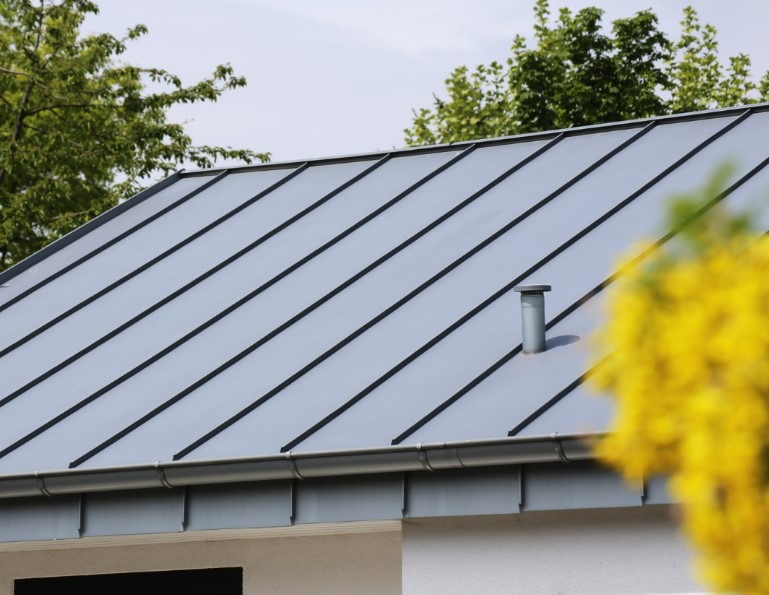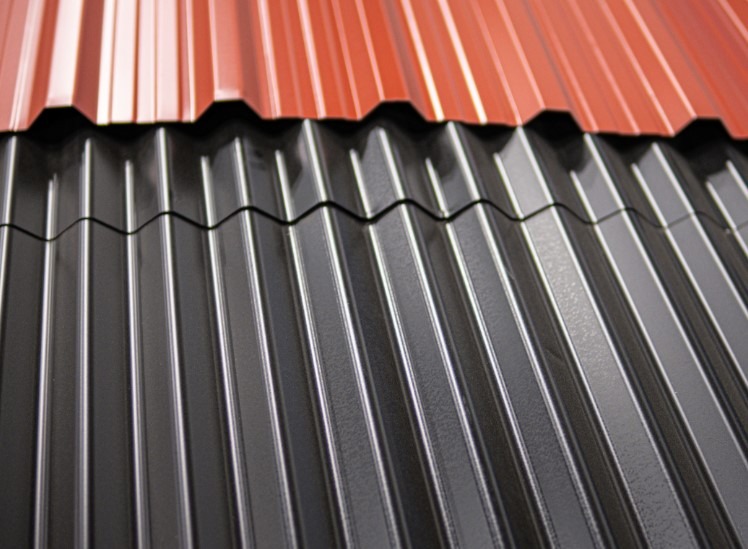When it comes to commercial roofing, there are a variety of materials to choose from. Each type of material has its unique benefits and drawbacks, making it important to carefully consider which option is best for your building. In this article, we’ll compare and contrast different types of commercial roofing materials to help you make an informed decision.
Types of Commercial Flat Roofing Materials
Flat roofs are a popular choice for commercial buildings due to their cost-effectiveness and ease of installation. Here are some of the most common types of commercial flat roofing materials:
Built-Up Roofing (BUR)
Built-up roofing, also known as BUR, is a traditional roofing material that has been used for over a century. It consists of multiple layers of asphalt and felt, which are then topped with a layer of gravel or mineral granules. BUR is known for its durability and ability to withstand heavy foot traffic, making it a popular choice for commercial buildings.
However, BUR can be quite heavy and may require additional structural support. It also has a strong odor during installation and can be messy to work with. Additionally, BUR is not the most energy-efficient option, as it tends to absorb heat and increase cooling costs.
Modified Bitumen
Modified bitumen is a modern version of BUR that is made from asphalt and rubber modifiers. It’s available in both peel-and-stick and torch-down options, making it easier to install than BUR. Modified bitumen is also more flexible and can better withstand temperature changes, making it a good choice for buildings in areas with extreme weather conditions.
However, modified bitumen is not as durable as BUR and may require more frequent repairs. It’s also not the most aesthetically pleasing option, as it can appear wrinkled or uneven.
TPO and PVC
Thermoplastic Olefin (TPO) and Polyvinyl Chloride (PVC) are two popular types of single-ply roofing membranes. They are made from a synthetic rubber material and are known for their energy efficiency and durability. TPO and PVC are also lightweight and easy to install, making them a popular choice for commercial buildings.
Commercial Metal Roofing Materials
Metal roofing is another popular choice for commercial buildings due to its durability and longevity. Here are some of the most common types of commercial metal roofing materials:
Standing Seam Metal Roofing
Standing seam metal roofing is made from large metal panels that are connected by raised seams. This type of roofing is known for its sleek and modern appearance, making it a popular choice for commercial buildings with a contemporary design. It’s also highly durable and can last up to 50 years with proper maintenance.
However, standing seam metal roofing can be quite expensive and may require professional installation. It’s also not the best option for buildings with low-sloped roofs, as water can pool and cause damage.
Metal Shingles
Metal shingles are a more affordable alternative to standing seam metal roofing. They are made from smaller metal panels that are designed to mimic the appearance of traditional shingles. Metal shingles are available in a variety of colors and styles, making them a versatile option for commercial buildings.
However, metal shingles are not as durable as standing seam metal roofing and may require more frequent repairs. They are also not as energy-efficient, as they tend to absorb heat and increase cooling costs.
Corrugated Metal Roofing
Corrugated metal roofing is made from large sheets of metal that are corrugated to add strength and durability. It’s a cost-effective option that is easy to install and maintain. Corrugated metal roofing is also highly resistant to fire, making it a safe choice for commercial buildings.
However, corrugated metal roofing is not the most aesthetically pleasing option and may not be suitable for buildings with a more traditional design. It is also not as energy-efficient as other types of metal roofing.
Other Types of Commercial Roofing Materials
In addition to flat roofing and metal roofing, other types of commercial roofing materials may be suitable for your building. Here are a few options to consider:
EPDM
Ethylene Propylene Diene Monomer (EPDM) is a type of synthetic rubber that is commonly used for commercial roofing. It’s highly durable and can withstand extreme weather conditions, making it a popular choice for buildings in areas with harsh climates. EPDM is also lightweight and easy to install, making it a cost-effective option.
However, EPDM is not the most aesthetically pleasing option and may not be suitable for buildings with a more traditional design. It’s also not as energy-efficient as other types of roofing materials.
Green Roofing
Green roofing, also known as living roofing, is a sustainable option that is becoming increasingly popular for commercial buildings. It involves covering the roof with a layer of vegetation, which provides insulation and helps to reduce energy costs. Green roofing also helps to reduce stormwater runoff and improve air quality.
However, green roofing can be quite expensive to install and maintain. It also requires regular upkeep and may not be suitable for buildings in areas with extreme weather conditions.
Choosing the Right Commercial Roofing Material
When it comes to choosing the right commercial roofing material, there are several factors to consider. These include the climate in your area, the design of your building, and your budget. It’s also important to consider the durability and energy efficiency of each type of material.
Consult with a professional roofing contractor to determine the best option for your building. They can provide expert advice and help you choose the right material based on your specific needs and budget.
Conclusion
In conclusion, there are a variety of commercial roofing materials to choose from, each with its unique benefits and drawbacks. Whether you opt for a flat roofing material or a metal roofing material, it is important to carefully consider your options and choose the one that best suits your building’s needs. By consulting with a professional and considering factors such as durability, energy efficiency, and cost, you can ensure that your commercial roof will provide long-lasting protection for your building.





